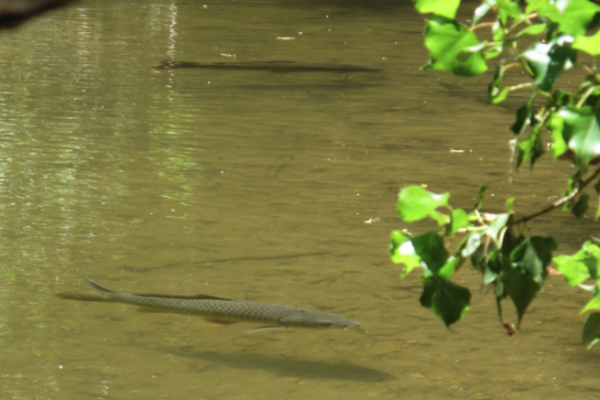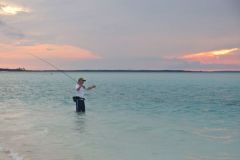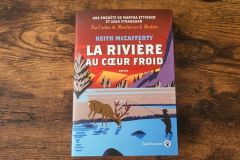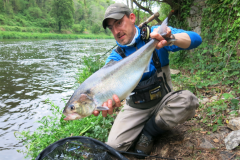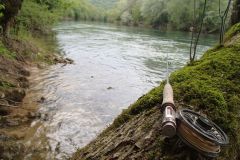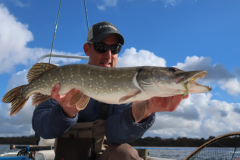Dry fishing for chub and other small cyprinids
The chub is a cyprinid fish found in second-category rivers, but also in some first-category rivers where it cohabits with trout. It is an opportunistic fish that feeds on aquatic insects and terrestrial animals, as well as any other prey that may be found in the water.
The finest specimens can also feed on fish, and streamer fishing can often be used to select the largest.
Dry-fished with terrestrial imitations, it's a fun and entertaining way to fish. Under the foliage, chub are on the lookout for beetles of all kinds, but also for any prey that has fallen into the water.
In this case, we need to slap our flies a little on the surface to attract them. Larger flies will be more wary, and the presentation must be perfect to fool them.
On sight whether dry, nymphing or with small streamers, it's great fun fishing.
Your trout tackle will do just fine. A 9-foot rod with a 4 or 5 section line will do the trick. A tapering leader of one and a half rods and a 12° or 14° tip will enable you to outwit them. A 16° tip is possible for larger imitations and subjects.
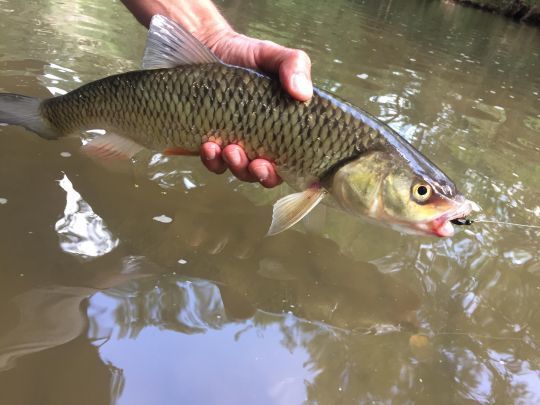
Barbel nymphs on sight or line
The barbel is another interesting cyprinid to catch on the fly. They feed on the bottom on aquatic larvae and can be caught either as nymphs on sight or on line.
These massive, powerful fish will give you a hard time.
The most powerful nymphs are often well weighted (tungsten) to fish flush with the bottom or even bounce off the substrate. Barbel have downward-facing mouths and, apart from Spain and Portugal where a certain species can be fished dry, in our waters you'll need to find the right nymphs and achieve good drifts. On sight, it's not always easy to detect the grip of the fly, but with a little practice, you can see them shifting on your nymph.
Make sure you have the right tackle, as these are real speedsters. They guard the bottom and take the current, and you'll need a 9-foot rod with a 6 to 8 line and a 16 to 18° tip to counter the rushes of these great fighters.
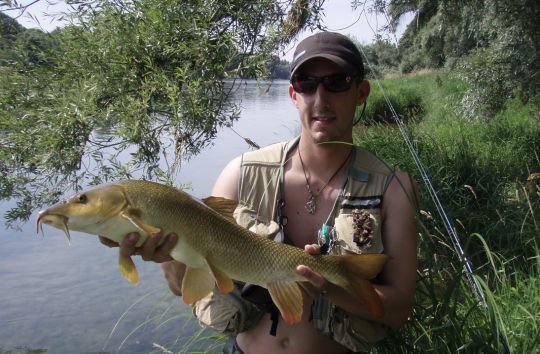
Sight fishing for carp in rivers and lakes
Carp can also be fished with flies. Many anglers look for them with bread imitations on the surface after baiting, or with corn imitations, but sight-fishing with flies that imitate their usual food is quite possible, and to my taste, far more interesting.
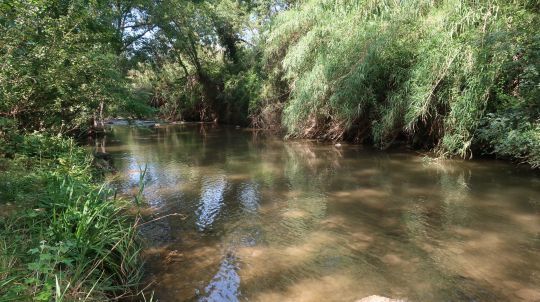
In this case, you need to be familiar with the river or body of water where you're looking for them to know which prey are usually eaten by the carp in your fishing spots.
In general, carp maraud in search of leeches, mudworms, dragonfly larvae, large gammarids (freshwater shrimp), chironomids, etc.
Depending on their behaviour, you need to adapt and offer them your imitation again often on the bottom. Carp are used to digging upside down in sandy-muddy bottoms or in weed beds where they find their prey.
It's a sight-fishing style similar to that of sea bass in estuaries, or bonefish or permit in exo, as the approach and presentation must be perfect to seduce them. These are wary fish and not so easy to catch. Adrenalin rushes with these fish are not uncommon!
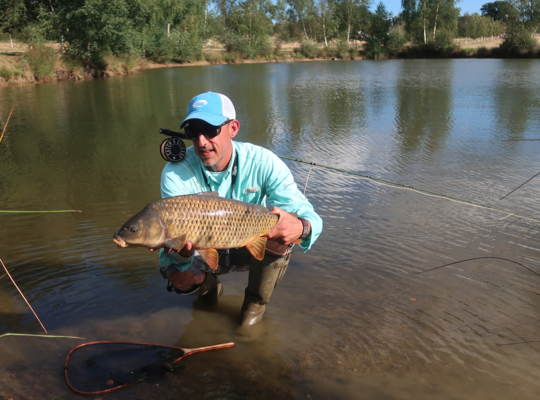
In terms of equipment, as with barbel, depending on the size of the fish you're after, you'll need a 9-foot silk rod, 6 to 8 or even more if you're after very big carp, as their defence is extraordinary. As soon as they're hooked, they'll bolt and try to outwit you in stumps, weedbeds or any other obstacle they know perfectly well. Make sure you have backing for big fish, especially in rivers. You'll need a tip between 18° and 30° depending on how crowded the fishing spots are and the size of the fish you've spotted.
Beware of powerful rushes, and be patient before presenting them in your indispensable landing net!
Have a great summer and have fun with these fish that are just as interesting as our beloved fario trout!
